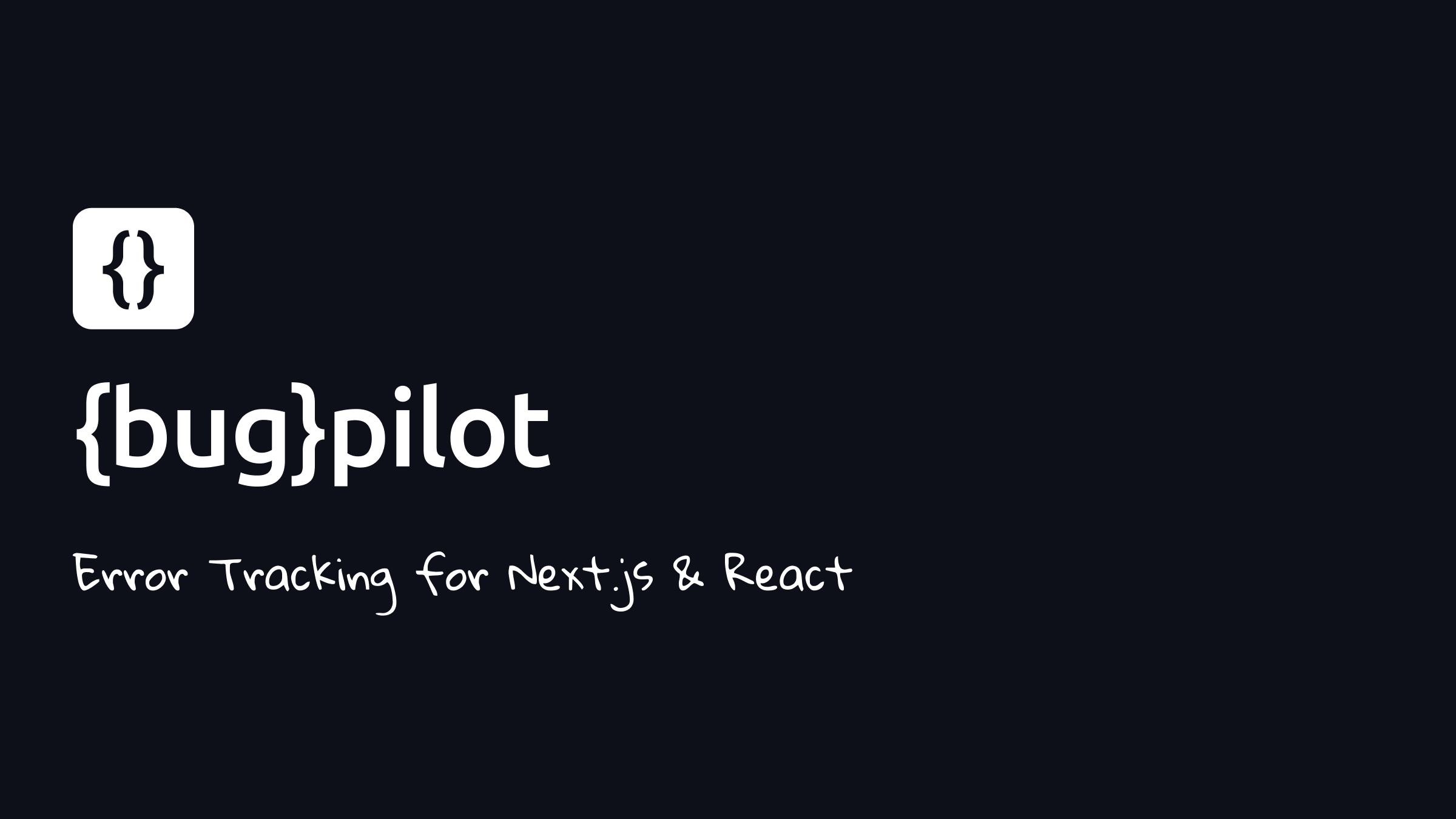A Guide to Bug Management
Learn how to effectively manage bugs in your software development projects using proven techniques and best practices.
Last updated on October 5, 2023 at 3:14 PM
Krste Rajchevski
Software Engineer @ Bugpilot
Annoyed by React errors?
Bugpilot is the error monitoring platform for React. Catch unexpected errors, troubleshoot, and fix with our AI assistant. Learn more and create an account to start your 14-day free trial.
Bug management is a crucial aspect of software development that ensures the quality and reliability of the final product. By effectively managing bugs, developers can identify, prioritize, and resolve issues to deliver a more stable and robust application.
In this guide, we will explore the fundamentals of bug management, including the process, tools, and techniques that can help streamline bug identification, tracking, and resolution. Whether you are a beginner or an experienced developer, this guide will provide you with valuable insights to improve the bug management workflow in your projects.
Bug Management Process
A well-defined bug management process is essential for ensuring that bugs are appropriately addressed and resolved. The process typically involves the following steps:
1. Bug Identification
The first step in bug management is to identify and document the bugs correctly. This includes thoroughly testing the application, gathering user feedback, and employing techniques such as code review and static analysis to catch potential issues early on.
2. Bug Triage
Once bugs are identified, they need to be triaged to determine their severity and priority. This step involves evaluating the impact of the bug on the application and prioritizing it based on factors such as its severity, impact on users, and business requirements.
3. Bug Tracking
Bug tracking plays a critical role in bug management. It involves logging bugs in a centralized system, typically a bug tracking tool, and assigning them to the appropriate team members for resolution. A bug tracking tool provides a structured way to track the progress of each bug, assign resources, set deadlines, and communicate updates.
4. Bug Resolution
The bug resolution phase focuses on actively working on resolving the identified bugs. Developers investigate the bug, identify its root cause, and propose a fix. They then implement the fix, perform thorough testing to ensure it resolves the issue effectively, and deploy the fix to the production environment.
5. Bug Verification
After a bug fix is deployed, it is essential to verify that the bug has been successfully resolved. This includes running regression tests, conducting user acceptance testing, and gathering user feedback to ensure the fix has resolved the issue and has not introduced any new problems.
Bug Management Tools
Various bug management tools can significantly improve the efficiency and effectiveness of managing bugs. These tools provide features such as bug tracking, collaboration, and reporting. Here are some popular bug management tools:
1. Jira
Jira is a popular bug tracking and project management tool widely used in software development projects. It offers a comprehensive set of features for bug tracking, issue management, agile project management, and collaboration.
2. Bugzilla
Bugzilla is an open-source bug tracking system that allows developers to track and manage bugs efficiently. It provides features such as bug tracking, workflow customization, email notifications, and reports.
3. Trello
Trello is a flexible project management tool that can be used for bug tracking as well. It provides a simple visual interface for creating and managing tasks, including tracking bugs. Users can create boards, lists, and cards to represent bugs and their status.
4. GitHub Issues
GitHub Issues is an integrated bug tracking system available within GitHub. It allows developers to create and track bugs directly from their code repositories. It also offers features such as labels, milestones, and integration with other GitHub tools.
Bug Management Best Practices
To maximize the effectiveness of your bug management process, consider following these best practices:
1. Clear Bug Descriptions
Ensure that bugs are described clearly and concisely, including all relevant information such as steps to reproduce, expected behavior, and actual behavior. This helps developers understand and address the bug more efficiently.
2. Prioritization based on Impact
Prioritize bugs based on their impact on the application and users. Critical bugs that significantly affect the functionality or security of the application should be addressed with the highest priority, while minor bugs with minimal impact can be postponed.
3. Regular Bug Triage Meetings
Hold regular bug triage meetings to review the status of open bugs, prioritize new bugs, and assign resources. These meetings help keep the bug management process organized and ensure that bugs are effectively addressed.
4. Continuous Testing and QA
Implement regular testing and quality assurance processes throughout the development lifecycle. This includes unit testing, integration testing, and user acceptance testing to catch bugs early on and minimize their impact.
5. Collaboration and Communication
Encourage collaboration and communication among team members during bug management. This helps ensure that everyone is on the same page, facilitates knowledge sharing, and allows for faster resolution of bugs.
Conclusion
Effective bug management is crucial for delivering high-quality software products. By implementing a robust bug management process, leveraging appropriate bug tracking tools, and following best practices, developers can streamline bug identification, tracking, and resolution.
In this guide, we have explored the bug management process, popular bug tracking tools, and best practices to improve bug management in your projects. By incorporating these techniques into your workflow, you can minimize the impact of bugs, deliver more stable applications, and enhance the overall software development process.
Annoyed by React errors?
Bugpilot is the error monitoring platform for React. Catch unexpected errors, troubleshoot, and fix with our AI assistant. Learn more and create an account to start your 14-day free trial.

